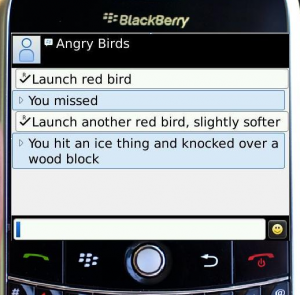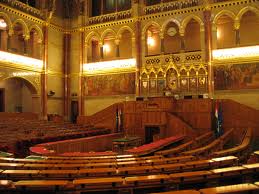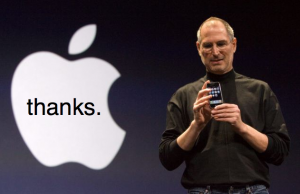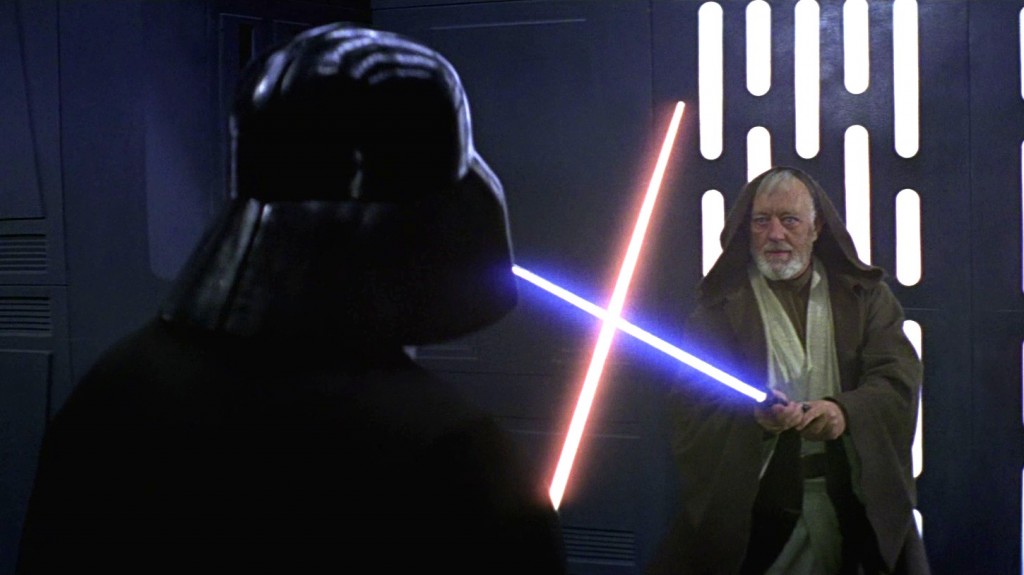There’s a post on Wired entitled “Smart-TV Space May Never Take Off as Predicted” in which the author quotes a comment from ViewSonic:
“’Smart TV’ has not achieved the consumer acceptance or market expectation… that was forecasted over the last couple years. In addition, consumer spending for Smart TV’s in general has experienced a significant slow down as the economy has slowed. Our current strategy is to stay involved with the various technology developments and consider them in the future as they become available.”
Now with all due respect to ViewSonic, the last time I checked they didn’t rank in the top 5 TV manufacturers, and based on looking at prior years reports, my hunch is they represent somewhere between 0-3% of TVs sold (they do well in monitors, not as much in TVs). So when they predict Smart TV to have a problem, perhaps they aren’t the voice we should be using, as compared to companies such as Samsung, who has over 2 million Smart TVs in homes already.
As Michael Wolf, of GigaOM, tweeted: “Folks, Viewsonic is not the bellweather company by which to judge success of embryonic sector on #smarttv.” Now that said, I completely agree with James McQuivey (Forrester analyst who is hitting Smart TV issues squarely on the head):
“What’s happening in the connected TV space is it’s not really about what consumers want, it’s about what manufacturers are making,” Forrester principal analyst James McQuivey says. “Simply having a connected TV doesn’t mean you’ll actually use it.”
According to all the analysts and manufacturers I’ve spoken with personally, and that’s virtually all of them, the industry is pretty well agreed that somewhere between 1/4 to 1/3 of all Smart TVs actually get connected. Further, the vast majority of them are just using them for Netflix, and just about everything else is getting pretty well ignored (stats show the #1 Smart TV app is Netflix, #2 is YouTube, and #3 is “other”).
The Wired author goes on to cite failures of the Google TV Revue box as more evidence to why the market is stuttering. The truth is, the Revue box is failing because it’s a lousy product with a poor customer value proposition, and Kevin Bacon commercials aren’t enough to pull the wool over it. But this would be like saying there’s no SmartPhone market because the BlackBerry Storm wasn’t so hot.
Last January I wrote a piece for Mashable called “5 Reasons Connected TV Could Flop in 2011” and in my opinion, all 5 of those problems are happening. And I don’t see anybody really emerging out of the pack to do it any better – yet. In fact, I’d wager we’re going to go a full calendar year from now before seeing signs of change. And here’s why:
The TV UI (aka “ten foot user interface” aka “lean back UI” aka “onscreen display”) is simply unable to scale to meet the demands of convergence. I’ll write more on this topic in the next couple of weeks, but mark my words: we have utterly reached the apex of functionality of all forms of TV-based user interfaces/experiences.
I believe TiVo pushed the concept to the breaking point with their original UX back in 1999, and I’ve seen nothing push it further since. Yes, there are some prettier looking things out there, with beautiful icons/etc, but from a UX standpoint, we’re well past the zenith of what you can do with a remote. And no, I don’t believe gestures are going to cut it either, and I’ll go into depth on that topic in an upcoming post as well.

I'd change the channel, but honestly my arms are just too tired.
The last point on Smart TV I have is this – the biggest “thing” that’s going to slow down all forms of growth is replacement cycle consideration. If you buy a device once every 7-8 years, yet know intrinsically that the technology inside that device will be outdated long before that, you are less likely to buy it. The only way manufacturers can solve this problem, as far as I can see it, is through a modular component that will enable future-proofing of the set. Hm, yup, time for a blog post on that.
So is the Smart TV world fragmented? Yes. Confounded? Yes. Faced with turbulence? Yes. Full of shoddy products that are causing backlash and poor word of mouth due to radically complicated living room experiences when all we want to do is kick back, turn on Bear Grylls, and have a beer? Absolutely. Dying? Nope, not even a tiny bit.




















